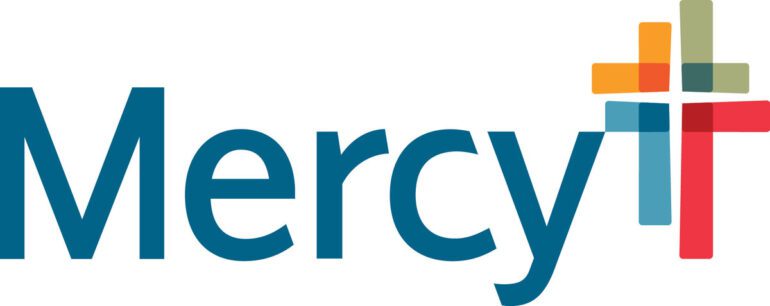TL;DR:
- Mercy introduces “Joy,” a pioneering chatbot, in collaboration with Microsoft, streamlining access to employee benefits.
- Developed using cutting-edge generative AI technology, Joy serves as a knowledgeable virtual assistant, offering instant responses.
- The chatbot reduces the workload on Mercy’s benefits team by handling inquiries efficiently, particularly during peak periods like open enrollment.
- Joy’s integration of Microsoft Azure OpenAI Service ensures accurate and comprehensive assistance, enhancing the employee experience.
- Mercy’s commitment to AI innovation, as evidenced by Joy’s launch, foreshadows future advancements in patient-facing technologies and services.
Main AI News:
Mercy, renowned for its strides in healthcare innovation, proudly presents “Joy,” an innovative chatbot poised to redefine how employees engage with their benefits. Developed in collaboration with Microsoft, Joy harnesses cutting-edge generative artificial intelligence technology, serving as a highly intuitive virtual assistant.
“The introduction of Joy addresses a longstanding hurdle for our employees,” remarked Kerry Bommarito, Mercy’s Vice President of Enterprise Data Science. “Prior to Joy, navigating the plethora of documents on our intranet for benefits information proved time-consuming and cumbersome. With Joy, it’s as effortless as conversing with an individual endowed with comprehensive knowledge, available 24/7 to address queries and provide explanations.”
Ayanna Pierce, Mercy’s Vice President of Benefits and Talent Relations Center, emphasized the transformative potential of this new tool, highlighting its ability to alleviate the workload on her team by reducing incoming inquiries.
“Joy represents a paradigm shift for our benefits team,” Pierce commented. “The annual health insurance open enrollment period is akin to our ‘Super Bowl’ in the HR profession, inundating us with requests for assistance. Now, our employees no longer need to sift through countless documents, as Joy delivers instant, comprehensive responses that rival those of live agents.“
Powered by Microsoft Azure OpenAI Service and other Azure AI and data solutions, Joy serves as a personalized benefits advisor, adeptly fielding questions and furnishing immediate assistance. Leveraging a vast language model akin to an expansive knowledge repository, Joy seamlessly provides accurate responses, fostering a user experience that feels both familiar and human-like.
“We are pleased to collaborate with Mercy in bringing Joy to fruition,” expressed Tyler Bryson, Microsoft’s Corporate Vice President for Health and Public Sector Industries. “Joy exemplifies Mercy’s forward-thinking embrace of AI, showcasing the transformative potential of generative AI in enhancing the employee experience within healthcare. We eagerly anticipate further collaboration with Mercy to explore additional avenues for leveraging generative AI across its operations.“
Byron Yount, Mercy’s Chief Data and AI Officer, underscored the organization’s commitment to innovation through its partnership with Microsoft.
“With Joy, we fulfill the first of three generative AI-powered solutions outlined in our collaboration with Microsoft,” Yount stated. “This marks just the initial phase of our journey. Insights gleaned from Joy will inform the development of patient-facing technologies and enhance existing services, underscoring our dedication to continual improvement.”
Conclusion:
Mercy’s introduction of the “Joy” chatbot represents a significant leap forward in employee benefits management. By leveraging advanced AI technology, Mercy not only improves efficiency within its organization but also sets a precedent for the integration of AI solutions in the healthcare industry. This move underscores the growing importance of AI-driven innovations in enhancing workplace productivity and employee satisfaction, signaling a shift towards more personalized and accessible benefits solutions across the market.

